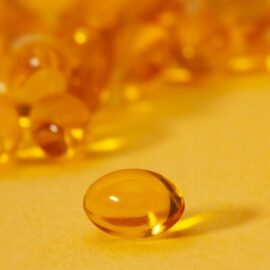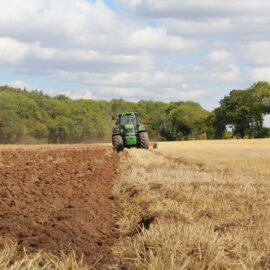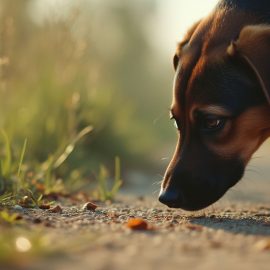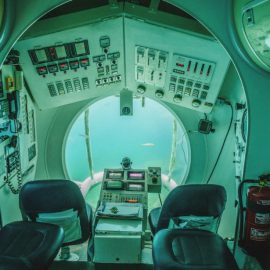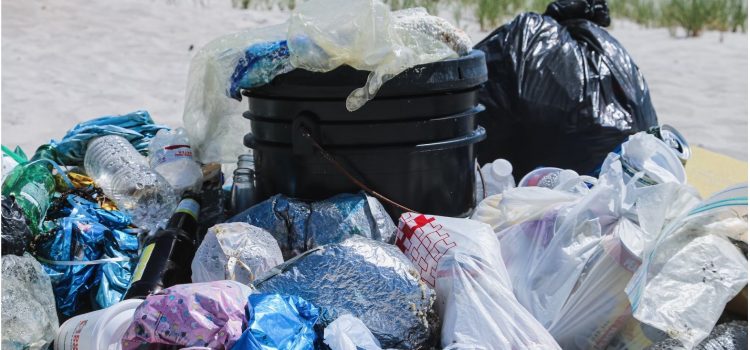
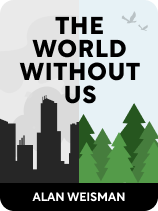
This article is an excerpt from the Shortform book guide to "The World Without Us" by Alan Weisman. Shortform has the world's best summaries and analyses of books you should be reading.
Like this article? Sign up for a free trial here.
Does plastic ever degrade? Have we taken care of the CFC problem? What’s the worst byproduct of modern living?
Garbage leaves a mark on our planet. That’s because much of our modern garbage never leaves the planet. In The World Without Us, science journalist Alan Weisman addresses the problem head-on. He explores the impact of waste on the environment and identifies the major culprits we need to tackle.
Read more to learn what Weisman discovered in his investigation.
The Impact of Waste on the Environment
For all of our history, humanity has generated waste. But, in the current age, we’ve reached a point where the things we created don’t simply fade away after they’ve been used and tossed aside. Weisman discusses the impact of waste on the environment, identifying several forms of long-lasting waste that accumulate and persist as a result of our modern lifestyles, including plastic, airborne chemicals, and radioactive material.
Petroleum-based plastics have been with us for less than a century, and, as much as they’ve revolutionized the consumer and industrial landscape, they’re already affecting the natural world. Though plastic only makes up 20% of what’s in landfills, a great deal of plastic washes out to sea, where it collects in enormous oceanic regions such as the Great Pacific Garbage Patch. Weisman says the problem is that plastic doesn’t truly degrade—it breaks down, but only into smaller pieces of plastic, and as it grows smaller it becomes even more dangerous. Plastic has been found clogging the digestive tracts of countless sea creatures and birds, and smaller plastic particles can be ingested and kill creatures even further down the food chain.
(Shortform note: More recent data than Weisman’s shows that floating oceanic garbage dumps, though massive, comprise only 1% of the ocean’s plastic waste—meaning there’s a lot more plastic trash out there than we can see. The rest either sinks to the bottom, is eaten by wildlife, or gets buried along coastlines where it eventually resurfaces. Though measures to curb waste (such as bans on single-use plastic) are growing in support, studies show that plastic production is steadily rising while nearly a quarter of the world’s plastic waste isn’t properly disposed of at all. Meanwhile, unused plastic consumer products—such as $30 million of excess Funko Pop toys—are sent directly from the warehouse to the landfill in order to manage inventory levels.)
As we’ve polluted the oceans, so we also pollute the air. The primary contaminant that people are concerned with today is simple carbon dioxide, the driving contributor to global warming and climate change. But, it’s not the only one of concern. Another relic of the past century is CFCs (chlorofluorocarbon gasses), which were introduced as coolants in the 1930s and had many other home and industrial uses. Since the 1980s, we’ve known that CFCs deplete the atmosphere’s ozone layer, exposing the Earth to harmful ultraviolet rays. Even though the production of CFCs has been widely curtailed, and the damage to the ozone layer has slowed, there are still vast amounts of CFCs still in use or in landfills, waiting to leak into the atmosphere.
(Shortform note: In a rare bit of environmental good news, scientists have discovered that CFCs don’t linger as long in the atmosphere as was thought at the time of Weisman’s writing. However, the same study showed that more CFCs are still being produced than was previously believed. China was the source of many of these emissions, but after a Chinese government crackdown on illegal CFC production, the UN reports that atmospheric CFC levels are once again going down. Unfortunately, due to climate change, the world’s oceans—which serve to remove CFCs from the air—will begin returning CFCs back into the atmosphere in approximately 50 years.)
Weisman argues that the deadliest byproduct of the modern era is our growing stock of radioactive waste and the difficulty of safely storing it so that nature and future generations are protected. At present, there is no permanent storage for the spent fuel rods from nuclear reactors—most power plants store them on-site in huge cooling pools before sealing them in steel and concrete drums. Most nuclear waste is of a different sort—machine parts, metal casings, protective clothing, and the like—that’s been irradiated by contact with nuclear fuel through power plants, research, or weapons manufacture. Most of this is stored in sealed caverns on land closed off for thousands of years.
| Disposal of Radioactive Waste In Apocalypse Never, Michael Shellenberger suggests that because of the measures taken to shield them, spent nuclear fuel rods don’t present the level of danger that most people think. However, whereas Shellenberger focuses solely on radioactive nuclear fuel, there’s far more low-level nuclear waste of the kinds that Weisman discusses, as well as “mixed” low-level waste that also includes toxic chemical components. For low-level radioactive material, there are four disposal sites currently available in the US and several others in use or under construction around the world. In 1987, Nevada’s Yucca Mountain was proposed as a permanent nuclear waste repository, though work toward that goal remains in perpetual limbo due to political opposition from various sources, now including the Biden administration. |

———End of Preview———
Like what you just read? Read the rest of the world's best book summary and analysis of Alan Weisman's "The World Without Us" at Shortform.
Here's what you'll find in our full The World Without Us summary:
- What would happen to Earth if the human race disappeared
- How the planet would benefit from a human extinction
- What the immediate vs. long-term effects would look like


